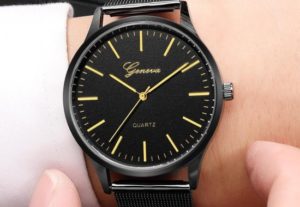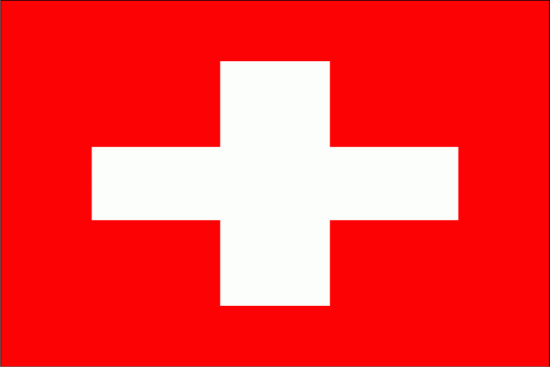25 interesting facts about watches
 People created the first watches back in time immemorial, although they had practically nothing to do with the now widespread clockworks. Although the idea of measuring time is somewhat abstract, because people themselves invented seconds, hours and minutes. And already for their exact measurement, they came up with watches of various designs.
People created the first watches back in time immemorial, although they had practically nothing to do with the now widespread clockworks. Although the idea of measuring time is somewhat abstract, because people themselves invented seconds, hours and minutes. And already for their exact measurement, they came up with watches of various designs.
At the end of the 18th century in England, personal watches were considered a luxury item. And since owners of luxury goods had to pay a special tax, this did not add to the popularity of the watch.
For the first time, people saw a digital watch in Kubrick’s science fiction film, Space Odyssey 2001. The company, which created a single copy of the watch for the filming of the film, decided to release a similar model on sale.
One of NASA’s sponsors in the development of the Apollo lunar program was Omega, a watchmaker. She made a condition that astronauts during the first ever moon landing will wear a watch of this brand.
The first quartz watch was released in Japan in 1969 under the brand name “Seiko”.
The most expensive watches are worth millions of dollars. And not because of some special clockwork, but because of the precious metals and stones used in the production.
6 out of 10 watches on earth are made in one single country in the world – in Japan.
Wrist watches from elite brands are assembled manually from start to finish.
Since modern people are used to watching time on smartphones and other devices, wrist and pocket watches are becoming more and more simply a stylish accessory.
The world’s first alarm clock was presented to the public at the end of the 18th century. Moreover, it was structurally made so that he started calling at 4 in the morning, and there was no possibility to choose another time.
There is such an interesting thing in the world as a floral clock. They are a flowerbed on which flowers of different species are planted. Obeying their biological rhythms, they open and close at a certain time.
If you count all the watches in bulk – wall, wrist, and everyone else – it turns out that more than 1 billion copies are produced annually in the world.
A tower clock is a very complicated thing. The world’s first model was created in the 16th century.
Everyone knows what an hourglass is. But they are inaccurate due to the different sizes of grains of sand. Therefore, there are similar constructions that use water instead of sand.
In the hourglass, the sand itself flows out more slowly in hot weather than in cold weather.
In the 17th century, another clock was installed on the Kremlin in Moscow, without a minute hand. And the hour hand was fixed in place, the dial itself rotated instead.
It was the watch that was advertised in the first video ever shot.
Around the year 1000 BC, the Chinese used special candle clocks. The burning time of the candle was known, and markings were drawn on it, measuring time intervals. By how many divisions were burned, and how much time passed was determined.
The first LED watches were created in the early 70s of the last century.
So that visitors to Las Vegas casinos do not think about how much time they have already spent playing, there are no hours in the casinos themselves. Workers are also forbidden to wear them.
The hour hand moves from left to right due to the fact that the shadow in the sundial, the very first invented in ancient times, moved in this direction.
Atomic clocks are the most accurate. In theory, their error should not exceed a second in 6 million years. For obvious reasons, it is impossible to verify this in practice.
The sundial was known to the ancient Egyptians already in 1500 BC.
Tower clock repair craftsmen are people of a very rare and highly paid profession. They usually have orders scheduled for many months in advance.
The second is not divided by 60 milliseconds, but by 1000.
In stellar days, not 24 hours, but a little more than 23 hours 56 minutes. A leap year that occurs every 4 years is designed to compensate for this difference.



























